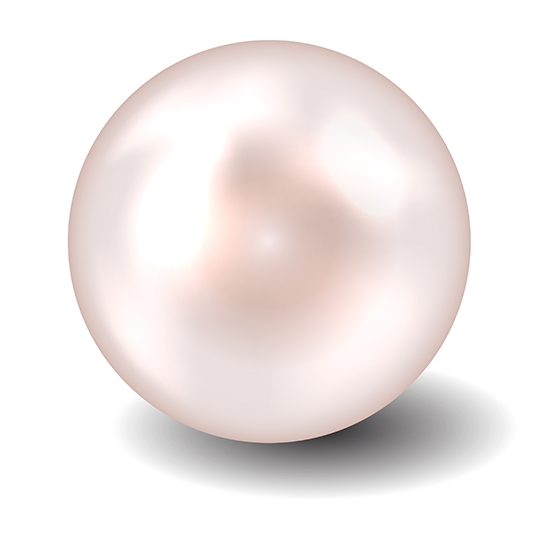| Oral contrast: For all protocols below, optimize visualization of the pancreatic head by giving 1 liter PO water to distend the stomach and duodenum. |
|
Cyst follow-up
|
| 1. Arterial phase (pancreatic phase) of abdomen only |
| 2. Venous phase of abdomen only |
|
Pancreatic adenocarcinoma
|
| 1. Arterial phase (pancreatic phase) of abdomen only |
| ● |
Evaluate for arterial invasion. |
| ● |
Preoperative planning. MPRs and 3D rendering are important for accurate surgical staging. |
| 2. Venous phase of abdomen and pelvis |
| ● |
Adenocarcinoma is HYPOvascular and typically most conspicuous on 60 second venous phase. |
| ● |
Evaluate for hypovascular metastases. |
| ● |
Evaluate for venous invasion / thrombosis. |
Illustrative case: 48 year old man with borderline resectable pancreatic cancer. Axial image (A), coronal MPR (B,C) and coronal 3D rendering (D) show relationship of tumor to hepatic artery and SMV (arrows), which guided surgeon to begin with hilar dissection and dissect the tumor off the common and proper hepatic arteries. Absence of portal vein encasement was confirmed intraoperatively. This is a nice example of how 3D rendering of the vasculature can potentially improve operating time and decrease blood loss.
(A) Axial CT |
(B) Coronal MPR |
(C) Coronal MPR |
(D) Coronal 3D MIP |
|
|
Pancreatic neuroendocrine tumor (PNET)
|
| 1. Arterial phase (pancreatic phase) of abdomen only |
| ● |
Pancreatic neuroendocrine tumors (PNETs) are typically HYPERvascular and usually more conspicuous on arterial phase, but may be seen better on venous phase. |
| ● |
PNET liver metastases are typically seen better on arterial phase. |
| 2. Venous phase of abdomen and pelvis |
| ● |
Although neuroendocrine tumors and metastases are usually more conspicuous on the late arterial phase, they are sometimes more conspicuous on venous phase (see example case). |
 Pearls Pearls
| ● |
Pancreatic neuroendocrine tumors (PNETs) are typically HYPERvascular and usually more conspicuous on arterial phase, but may be seen better on venous phase.
|
| ● |
Some PNETs are isoattenuating or even cystic.
|
| ● |
MPRs and 3D rendering are important for accurate surgical staging.
|
|
Case: Pancreatic neuroendocrine tumor. Dual phase MDCT enhancement patterns correlate with tumor pathology, as shown by this hyperenhancing neuroendocrine tumor (arrow) in the pancreatic head, which is actually less conspicuous on the axial arterial phase (A), due to higher tumor enhancement level on the venous phase (B). Pancreatic adenocarcinoma is usually seen best on venous phase as well, but as a hypovascular mass relative to the maximally enhanced pancreatic parenchyma.
(A) Axial CT |
(B) Coronal MPR |
|
|
Pancreatitis
|
| 1. Arterial phase (pancreatic phase) of abdomen only |
| ● |
Evaluate for pseudoaneurysm. Splenic artery, GDA, and pancreaticoduodenal artery are most common sites of pseudoaneurysm formation in pacreatitis. |
| 2. Venous phase of abdomen and pelvis |
| ● |
Evaluate for parenchymal necrosis (areas of parenchymal nonenhancement). |
| ● |
Evaluate for venous thrombosis. Splenic vein, portal vein, SMV most commonly involved. |
| ● |
Fluid collections. |
|